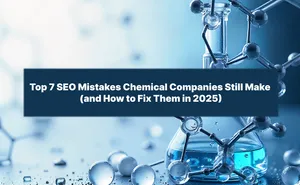SEO vs. SEM: Which one is better?
6 mins | 22 Mar 2022
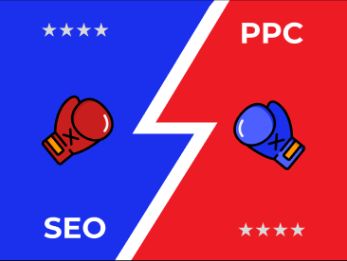
Table Of Contents
1. Introduction
2. What Is Meant By Search Engine Optimization (SEO)?
3. What Are The Best Practices For Optimizing Your Website For Search Engines?
4. What Are The Commonly Utilized SEO Tools & Techniques?
5. What Are The Advantages Of Search Engine Optimization?
6. What Are The Disadvantages Of Search Engine Optimization?
7. What Is Meant Of Search Engine Marketing?
8. What Are The Best Practices For SEM?
9. What Are The Commonly Utilized SEM Tools & Techniques?
10. What Are The Advantages Of Search Engine Marketing?
11. What Are The Disadvantages Of Search Engine Marketing?
12. What Exactly Is The Difference Between Search Engine Optimization (SEO) & Search Engine Marketing (SEM)?
Introduction
Are you a digital marketing enthusiast? And you want to do a digital marketing course to improve your knowledge further and get a decent job in the domain? Then the first thing that you might do is go on Google and perform a search query “best digital marketing institutes.”
You will be given a flurry of web pages from top digital marketing institutes. Now, how do these web pages appear on the first page? And most importantly, how does a certain digital marketing institute appear on the first rank of the Google Search Engine Result Page?
The answer is SEO; Search Engine Optimization. Using effective SEO techniques, any business can easily rank on the first page of the Google Search Engine Result Page.
Remember when you had performed the search query “best digital marketing institutes”? You will get a few ads on the first page before the first organic result appears. Typically, we know these are ads, and we skip them.
But there is a vast community of users worldwide who aren’t as tech-savvy as you and me. These people will certainly click on the “boosted” Google results. The ads that pop up first after performing any Google search query as called Paid Ads.
Paid advertising, such as pay-per-click (PPC) advertising, allows you to create ads at the top of search engine results pages or other websites. Paid advertising can be a more immediate way to drive website traffic and be more effective for short-term campaigns or specific promotions. However, it can be more expensive than SEO and requires ongoing investment to maintain results.
SEO can be a good choice if you are a business owner and want to grow your business. But white-hat SEO takes a lot of time.
Although growing business needs a bit of both; Organic SEO and Paid Ads.
So here’s the million-dollar question, SEO or Paid Ads: Which is better?
Sometimes, it is concluded that SEO is much better than Paid search & vice versa. Thus, the first thing businesses try to do while pursuing digital marketing is to put SEO and Paid search against each other. It often creates confusion in people's minds regarding the correct choice between the two for their business.
This article will determine a better investment for your firm that will provide you with satisfactory results - SEO or Paid Search.
We will learn about SEO & Paid search in detail, their advantages & disadvantages, why it is important to give attention to these two things, the difference between them, and indeed the answer you have been looking for, which digital strategy is best suited for your business.
What is SEO?
SEO stands for Search Engine Optimisation, which enhances your website by increasing visibility when people search for products and services associated with your business in organic results from Google, Bing, Yandex, or other search engines. If your webpage receives better visibility in search results, the chances of attracting prospective & existing customers to your website increase.
SEO helps rank your website and brand higher on SERP, i.e., search engine result pages. Search engines are one of the leading ways to find required content online; when a website ranks higher, there's an increase in the traffic to the website organically. To achieve this, you need to optimize the content of your website to make peace with the algorithms that determine the relevance and quality of the web pages.
SEO is classified into two sections; on-page and off-page SEO. On-page SEO refers to SEO factors and techniques focused on optimizing aspects of your website that are under your control. While off-page SEO refers to SEO factors and strategies focused on promoting your site or brand around the web.
What are the best practices for optimizing your website for search engines?
There are many best practices for optimizing your website for search engines. Here are some of the most important ones:
1. Conduct keyword research: Research relevant keywords and use them throughout your website, including in your content, URLs, page titles, meta descriptions, and alt tags.
2. Create high-quality content: Publish original, informative, and engaging content optimized for your target keywords.
3. Optimize your website structure: Ensure that your website is easy to navigate and has a clear hierarchy of pages, with each page having a unique URL and title.
4. Make your website mobile-friendly: As more and more people use mobile devices to access the internet, your website must be optimized for mobile viewing.
5. Improve your website speed: A faster website will improve your search engine ranking and provide a better user experience.
6. Use internal linking: Link to relevant pages within your website to help search engines understand the structure and hierarchy of your site.
7. Build high-quality backlinks: Earn links from reputable and authoritative websites to improve your website's authority and search engine ranking.
8. Use social media: Promote your website and content on social media platforms to increase traffic and visibility.
9. Analyze your website performance: Regularly track and analyze your website's performance using tools like Google Analytics to identify areas for improvement.
By implementing these best practices, you can improve your website's search engine ranking, increase traffic and engagement, and ultimately achieve your business goals.
What are the commonly used SEO tools and techniques?
In the SEO world, tools play an important role in gauging the changes caused due to the activity happening in the backend. Here’s a list of the important tools used by SEO professionals:
1. Google Analytics: A free web analytics tool that helps track and analyze website traffic and visitor behavior.
2. Google Search Console: A free tool that helps monitor a website's search presence, submit sitemaps, and view search analytics data.
3. SEMrush: A paid SEO tool that provides keyword research, backlink analysis, site audit, and competitor research features.
4. Ahrefs: A paid SEO tool that provides backlink analysis, competitor research, keyword research, and site audit features.
As for SEO techniques, there are many pillars upon which an effective SEO strategy runs. Some of them are:
I. Keyword Research: Identifying and optimizing relevant keywords for a website's content for those keywords.
II. On-page Optimization: We are improving the website's content, meta tags, and internal linking structure to make it more search-engine friendly.
III. Technical SEO: Improving the website's technical aspects, such as page speed, mobile optimization, and crawl
Advantages Of Search Engine Optimization
I. Quality Traffic
SEO helps in attaining high-quality viewers. People who will be interested in your products & services are much more likely to visit your website. SEO's most significant advantage is that it is an inbound marketing strategy that entirely focuses on its customers by curating valuable information that can be easily accessible. Moreover, concentrating on keyword research is necessary to target the audience who use specific keywords to search for the information they need.
II. No payments are required to rank higher
The algorithms are solely responsible for ranking high on SERPs, so you don't have to spend a penny to rank! You only have to focus on creating web pages that are worthy enough to be displayed in front of the audience.
III. SEO results can be measured
The best thing about SEO is that it can be measured in terms of whether your SEO strategy has worked successfully. You will know this fact and how much it has helped grow your business by effortlessly tracking the metrics.
If you want to improve your website, then it will be better for you to learn about Google Analytics.
IV. Help in Building Relationships
Optimizing your website includes the placement of internal and external links, which is one of the profitable SEO strategies. Also, Google appreciates websites that add links, which directs the audience to other websites and who promote them in the content of their website.
V. Quality Leads
According to a report published by Hubspot, 57% of B2B marketers believe that SEO generates a surplus amount of leads compared to any other marketing strategy. The same thing can be assumed for B2C marketers. Using the right strategy, your website can effectively attract leads 24/7.
Disadvantages Of SEO
I. Takes a Long Time to show results
The biggest disadvantage of SEO is that it takes an eternity to produce effective results. Hence, it is a slow process and can take up to 4-6 months to display results.
II. No Full Control
Google has 100% over this; no matter how much expertise you have in this area, it will never be sufficient.
III. Algorithms keep changing
All search engine platforms undergo some changes frequently, the algorithms are updated regularly, and you may find out that one day you are ranking higher, but the next day you get demoted. That is how radically it can change your position.
What is PPC?
Paid search, also called PPC (Pay Per Click), enhances the visibility of web pages & websites on search engines by paying for it. The ultimate goal is to display sponsored ads at the top position of SERPs. This can only be achieved through bidding and targeting the keywords.
Paid search functions on the pay-per-click model, meaning you will only get charged if someone clicks your ad.
Paid advertising is provided by many platforms such as Google, Amazon, Instagram, Twitter, Facebook, and Bing. But, many people use Google as their search engine. Google Ads is the most used platform for paid advertising.
What are the best practices for SEM?
Here are some best practices in Search Engine Marketing (SEM):
1. Conduct thorough keyword research:
Conducting thorough keyword research is essential to identify your business's most relevant and profitable keywords. Use keyword research tools to discover new keywords and analyze their search volume, competition, and relevance to your business.
2. Create high-quality, relevant ad copy:
Your ad copy should be clear, concise, and tailored to your target audience. Make sure your ad copy highlights the unique value proposition of your product or service and includes a clear call to action.
3. Use landing pages optimized for conversion:
Your landing pages should be optimized for conversion, with a clear and compelling value proposition, easy-to-use design, and a clear call to action. Ensure your landing pages are relevant to your ad copy and keyword targeting.
4. Use ad extensions:
Ad extensions can provide additional information about your business, such as your location, phone number, or website links. Use ad extensions to provide more value to your potential customers and improve the performance of your ads.
5. Monitor and optimize your campaigns:
Continuously monitor the performance of your campaigns, and make data-driven optimizations to improve your ROI. Use analytics tools to track your website traffic, user behavior, and conversion rates and adjust your campaigns accordingly.
6. Test and experiment:
Testing and experimenting with different ad copy, landing pages, and targeting can help you improve the performance of your campaigns. Use A/B testing to test different variations of your ads and landing pages and track the results to identify the best-performing strategies.
7. Stay up to date with industry trends and changes:
The search engine marketing industry is constantly evolving, so staying up to date with the latest trends and changes is important. Attend industry events, read industry publications, and participate in online forums to stay informed and adapt your strategies accordingly.
By following these best practices, you can create effective SEM campaigns that drive traffic, increase conversions, and grow your business.
What are the commonly used SEM tools and techniques?
Search Engine Marketing (SEM) is a form of online marketing that promotes websites by increasing their visibility in search engine results pages (SERPs) through paid advertising and optimization techniques. Here are some common SEM tools and techniques:
1. Keyword Research Tools:
These tools help you identify the keywords potential customers use to find products and services related to your business. Some popular tools include Google Keyword Planner, SEMrush, Ahrefs, and Moz Keyword Explorer.
2. Pay-per-click (PPC) Advertising:
PPC advertising allows you to bid on specific keywords and display your ads on search engine results pages. The most popular PPC advertising platforms include Google Ads and Bing Ads.
3. Ad Copy and Landing Page Optimization:
Ad copy and landing page optimization techniques can help improve the relevance and effectiveness of your ads. You can use A/B testing to experiment with headlines, descriptions, and landing page designs to determine what works best for your audience.
4. Display Advertising:
Display advertising involves placing ads on websites and social media platforms. You can use display advertising to reach new audiences and increase brand awareness.
5. Retargeting:
Retargeting allows you to show ads to people who have previously visited your website. This can help you re-engage potential customers who may have abandoned their shopping carts or left your website without making a purchase.
6. Analytics Tools:
Analytics tools like Google Analytics can help you track the performance of your SEM campaigns. You can use these tools to monitor website traffic, user behavior, and conversion rates.
7. Local SEO:
Local SEO techniques can help you improve your visibility in local search results. This includes optimizing your Google My Business profile, building local citations, and getting positive customer reviews.
Overall, many SEM tools and techniques are available to help you improve your online visibility, drive traffic to your website, and increase your conversion rates.
Advantages Of Paid Search
I. Faster Results
Many digital marketing strategies don't work immediately; it takes a lot of time to increase your ranking on SERPs for pertinent queries of the customers. But with paid search, your website instantly ranks higher, allowing you to capture interested audiences.
II. Full Control
Paid search gives you complete control over optimizations such as keywords, landing pages, extensions, ad copy, etc. However, paid search ads are unaffected by the modifications done in the algorithms.
III. Improves Brand Image
Your brand reputation is highly influenced when your sponsored ads are shown at the top of the search engine results page. Your audience knows that the top results displayed to them are the most relevant ones, and that's how your business stature is built. Moreover, Google says that brand awareness is strengthened by using Adwords up to 80%.
IV. Measurable Results
Paid search is beneficial in providing measurable results, which means you will be able to know all the data, including sales generated from these clicks, number of clicks & cost per click.
V. Cost-effective
Paid search advertising is cost-effective as you will only be charged if someone clicks the ad. There will be no waste of money spent on building an impression in front of the users, who will not be engaging with your ad. If you own a small business attempting to manage its budget effectively, then paid search advertising is the best option for you.
Disadvantages Of Paid Search
I. Short Listings
This is one big disadvantage of paid search; your listings will vanish automatically once you run out of your budget.
II. Fewer clicks
Compared to organic results, paid search receives fewer clicks because around 85% of the users are familiar with organic listings.
III. Experience
To deal with PPC, you must have experience or proper knowledge. Your ads must be functioning appropriately, but there are many other tools and features you can utilize to ensure your ads are performing better, and for this, you need to gain some knowledge.
What is the difference between SEO and PPC?
SEO (Search Engine Optimization) and paid ads (Pay-per-click Advertising) are two approaches to driving website traffic. The main difference between the two is how they generate traffic.
SEO is a strategy that involves optimizing a website's content and structure to rank higher in organic search results. On the other hand, paid advertising involves creating ads that appear at the top of search engine results from pages or on other websites.
These are the simple differences between SEO and Paid Search. For the major differences between SEO and Paid Search, kindly review the points below.
SERP Placement
Paid search ads cover the topmost area of search results, and we can say that they dominate the upper half of the page, obviously, the first thing a user views are paid search ads. They acquire up to four snippets on desktops and three on smartphones. But sometimes, paid search advertisements can appear at the bottom of the page.
Whereas organic search results cover up the remaining ten snippets on the search result page, viewers will have to navigate and pass through the paid ads to look at the top-ranking organic results.
Placement Cost
Paid search ads have a direct cost, which means businesses have to pay for the ads to appear on top of the search engine result page. However, the cost of paid search can increase over time.
Whereas, when it comes to SEO, it has no direct cost as the positioning of the websites in organic results is done free of cost by the search engines. This makes SEO more cost-effective in the long run.
Real Estate on SERP
Paid search ads take up the prime area of the page, and they are always visible in the same locations.
Whereas organic search results are more flexible. Also, because of the FAQ schema, the page snippets can be expanded, and more data about the brand can be provided. Moreover, SEO helps brands to be visible in different places on search result pages, such as the knowledge graph and the local map pack. This assures that there is enough estate for businesses to be endorsed on SERP with the help of SEO.
Target Audience
A good marketing strategy includes knowing your audience and how to target them effectively. SEO can only target users' queries here as it has limitations.
Whereas there are no boundaries for paid search for its targeting methods. PPC ad platforms provide a variety of targeting tools that help in categorizing your users by age, gender, language, location, income, devices, market interests, online activity, keywords, and based on many other factors to make sure that your paid search ads are attended to the right users at the right time.
Final Thoughts
After all the discussions, it's clear that SEO and Paid Search can benefit your business. Still, it depends on your skills and understanding as to when is the right time to utilize them to obtain effective results. Since both have distinct features, they can be favorable in accomplishing different goals & objectives in your business strategy.
Still, have any queries about which is favorable for your business? Get in touch with the 12Grids team.
Author

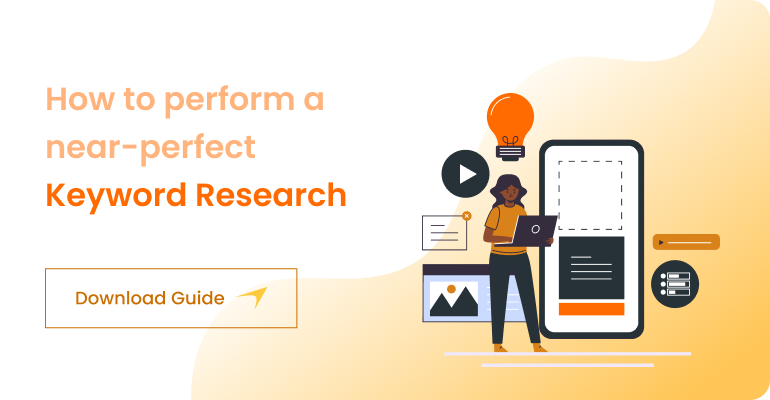
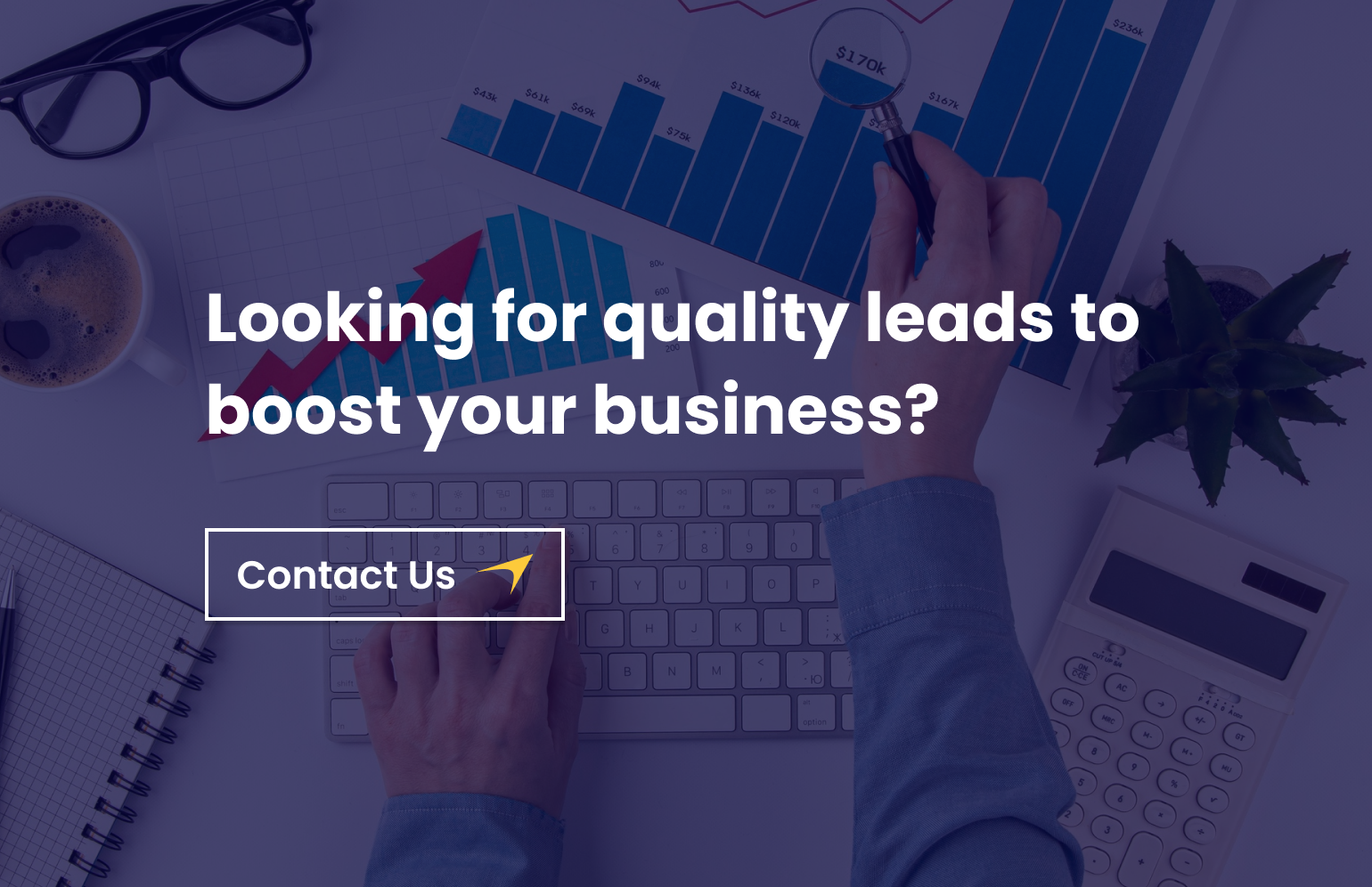

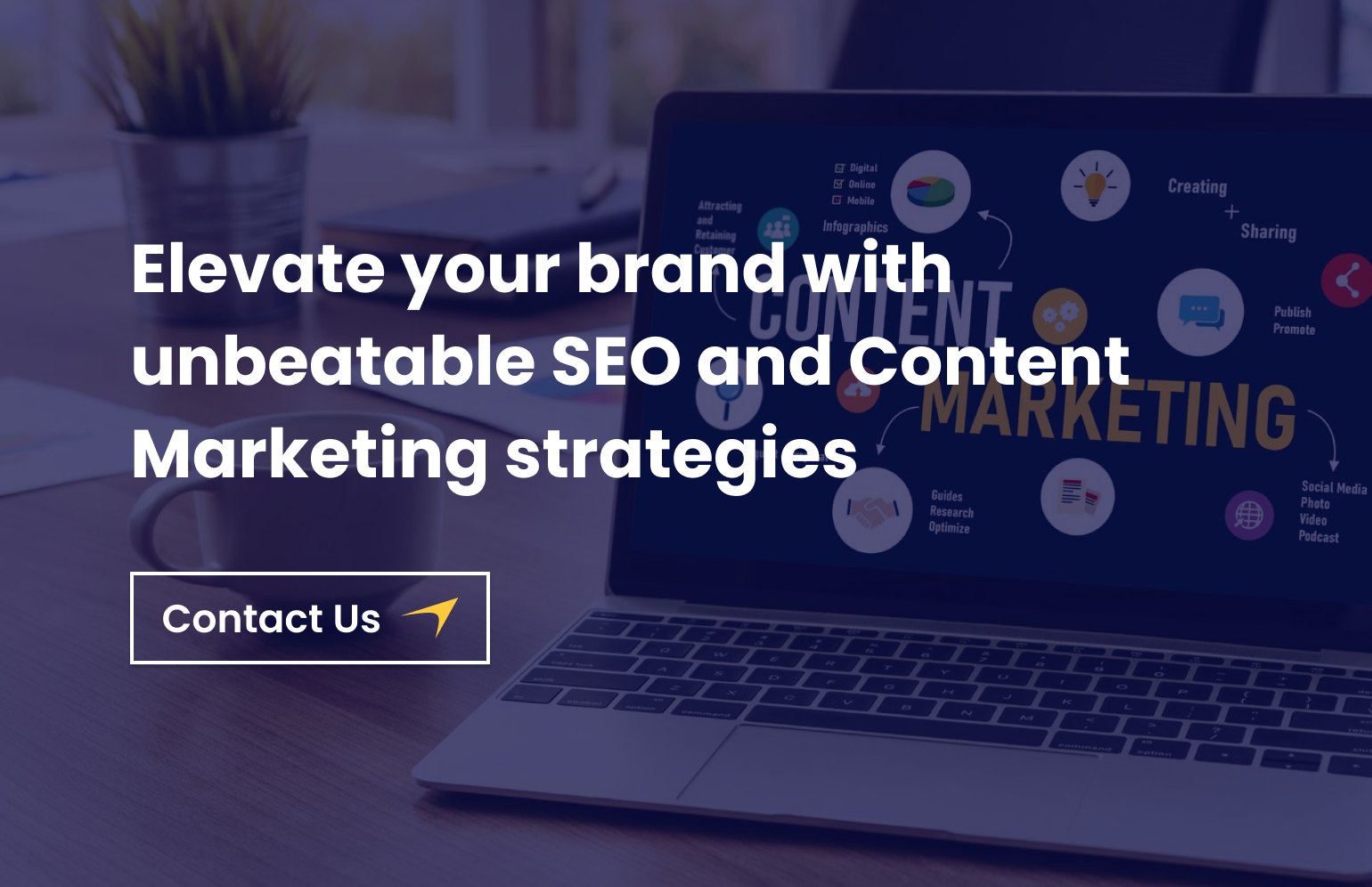
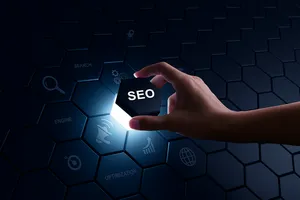


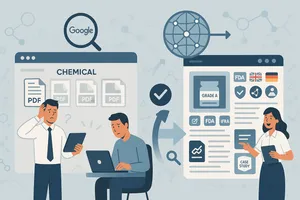
_desktop_list_webp_488ed91b.webp)
